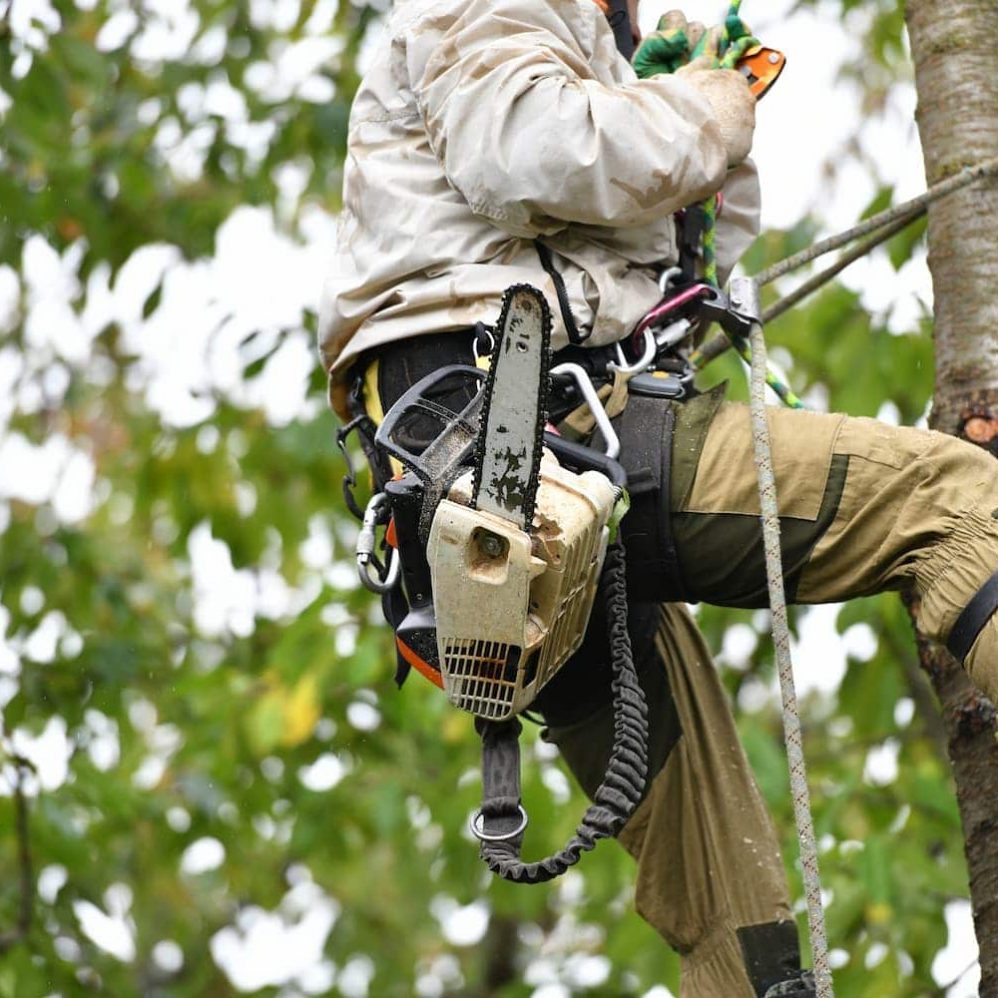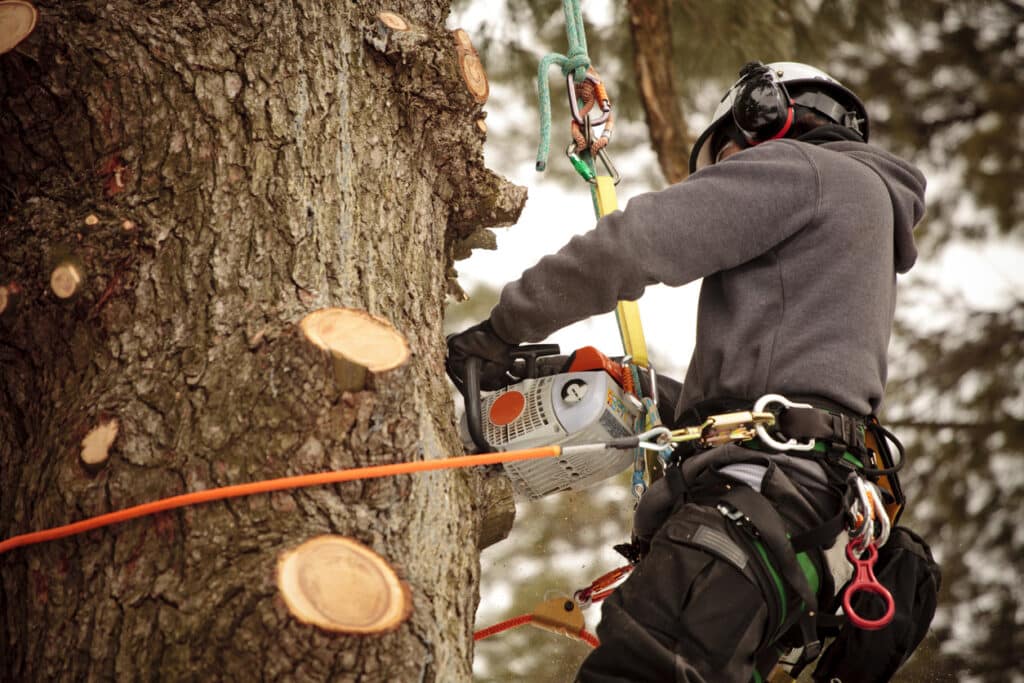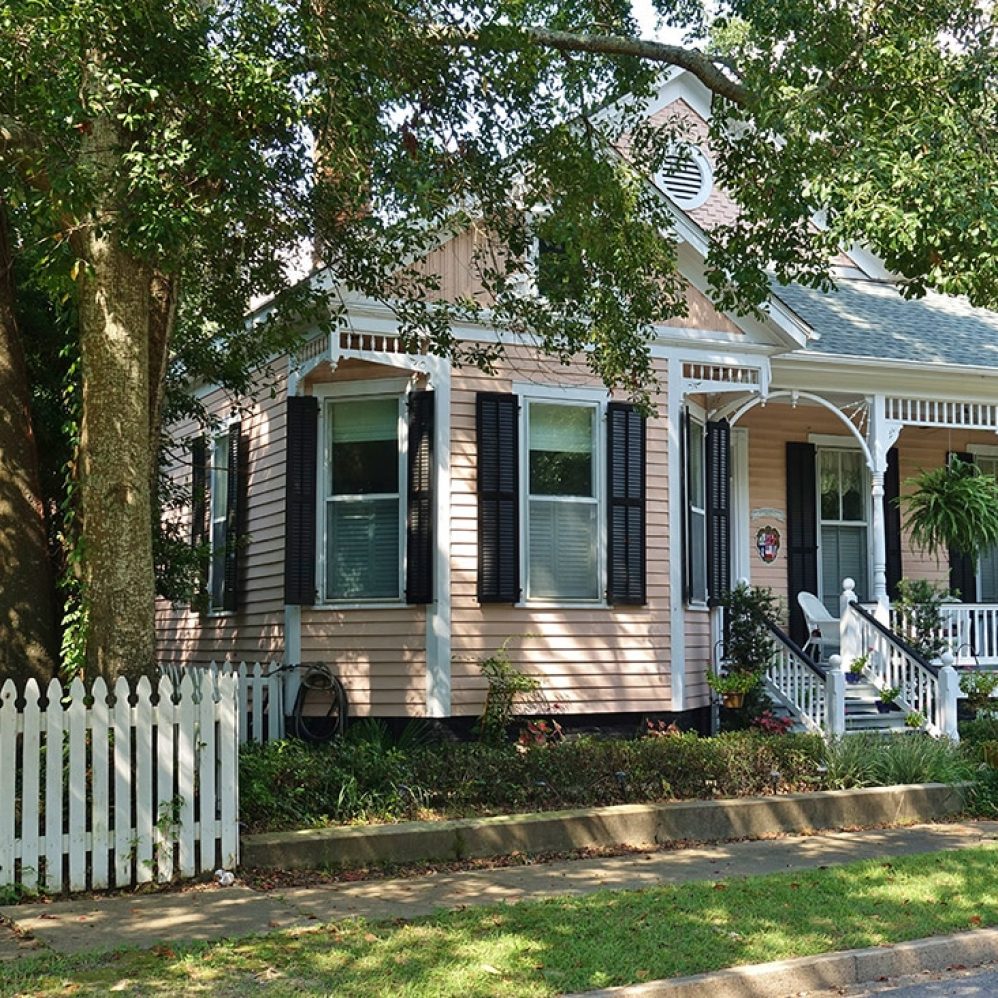If you’re a property owner, it’s important to identify the signs of a dying tree. A dead or dying tree can be a hazard, and it is vital to take action before it becomes a problem. For instance, a dead tree can be a source of structural damage to your home or other buildings, or it can attract pests. Also, it can be a hazard to anyone who passes by, as falling branches can injure people or damage property. Hence, it’s crucial to recognize the signs of a dying tree and take action to remove it if necessary. Some of the most common signs of a dying tree include the following.
Dead or Discolored Leaves
A tree should have a full crown of leaves when it’s healthy. If you start to see discolored or dead leaves at the top of the tree, it’s a sign that the tree may be in distress. Additionally, if the leaves are dropping off more quickly than usual, that can also indicate that the tree is unhealthy. Diseases, pests, or environmental stress may cause such manifestations. For example, a tree may decline due to drought, cold weather, or nutrient deficiencies.
Lack of Growth
A healthy tree will typically have some growth every year. But if you find that the tree has stopped growing or seems to be shrinking, this could be a sign of a dying tree. This might be caused by pests or diseases affecting the tree, or it could be due to environmental conditions such as drought or excessive heat. Also, a lack of growth could be caused by poor nutrition or soil conditions.
Insect Infestations
Pests such as insects can cause a lot of damage to a tree and even lead to death. Common signs of an insect infestation include discolored leaves or branches, unusual webbing, and sawdust-like material around the trunk. When you notice any of these signs, it’s crucial to take action quickly and treat the tree with insecticides before too much damage has been done.
Bare Branches
Another sign that your tree may be in trouble is when you start to see bare branches and twigs. This could be caused by disease, environmental conditions, or even pests. In addition, dead branches are more prone to breakage, which can be a hazard. If you notice any bare branches, it’s important to contact an arborist to assess the tree and take appropriate action.
Cracks in Trunk or Branches
If you see any large splits or cracks in the trunk or branches of your tree, it may be a sign that the tree is in distress. For example, cracking can be caused by drought, disease, pests, or even old age. When you notice any of these signs, it’s vital to take action quickly to determine the cause and take appropriate measures.
Conclusion
If you notice any of these signs of a dying tree on your property, you must contact an arborist to assess the tree and take appropriate action. A certified arborist can help you determine if the tree can be saved or if it should be removed. Taking action quickly can help ensure your property is safe and free of any hazards associated with a dead or dying tree. Visit us at South Coast Outdoor Service for excellent tree services in Mobile, AL.





